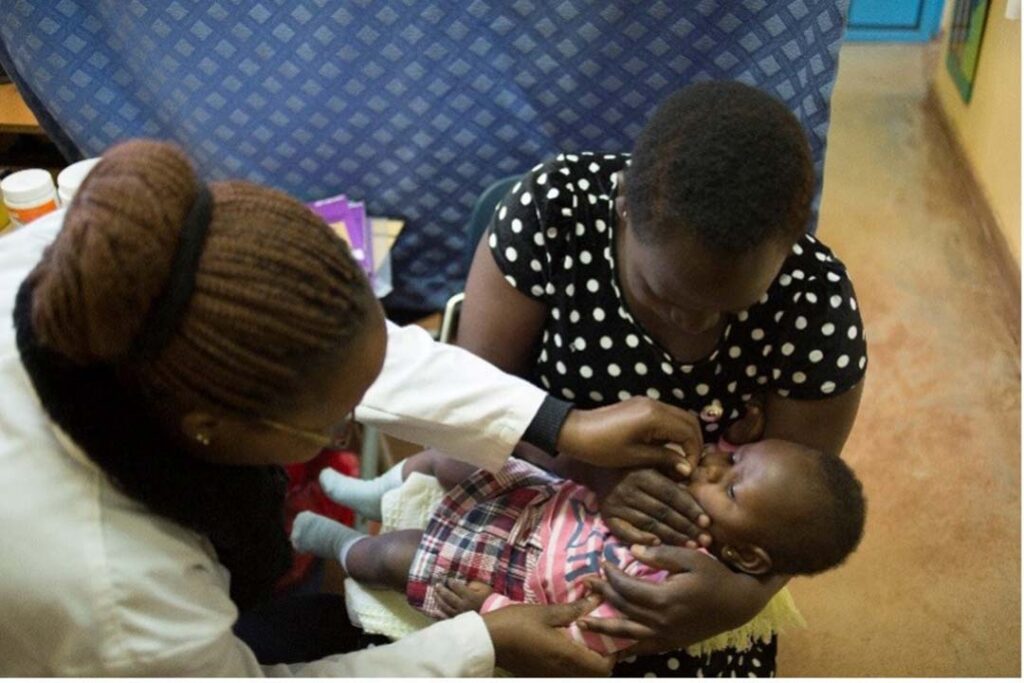In Kenya’s Rift Valley, the settlement of Kihoto stands as a testament to the life-saving impact of rotavirus vaccination. For years, this flood-prone community has battled chronic diarrhoeal disease, largely driven by poor sanitation, shallow wells, and sewage-contaminated irrigation systems. Despite these challenges, residents are witnessing a transformation, especially among young children.
Over a decade ago, rotavirus was responsible for over half of diarrhoea cases in children, with hospitals like Naivasha Subcounty Referral reporting that 50% of paediatric admissions were diarrhoea-related. In 2014, Kenya integrated the rotavirus vaccine into its national immunisation schedule. Since then, community health promoters and clinicians have noted a clear reduction in severe diarrhoea cases among vaccinated children.
Today, while mild diarrhoea still occurs, the severe, life-threatening episodes requiring hospitalisation have drastically declined. Health workers have observed faster recovery rates in vaccinated children and fewer cases of extreme dehydration. This change has contributed to a notable drop in under-five mortality linked to diarrhoeal diseases, once a leading cause of child deaths in the country.
Local health providers highlight ongoing issues such as poor sewerage systems, polluted food sources, and limited access to clean water. Despite these conditions, vaccination has created a protective buffer for many children. However, disparities persist, with unvaccinated children still at risk, often due to cultural beliefs or lack of awareness.
Healthcare professionals also stress the importance of community outreach and education to combat vaccine hesitancy. Informal settlements and remote areas continue to face misinformation and access challenges. Trusted local influencers such as health promoters, religious leaders, and mothers’ groups are essential to sustaining immunisation gains.
While the vaccine has made a significant impact, maintaining progress requires consistent supply, domestic funding, and aligned national and county-level strategies. With external support set to phase out by 2029, Kenya must enhance local investment in immunisation infrastructure and public engagement.
In Kihoto, despite ongoing environmental threats, the rotavirus vaccine offers a sense of hope. For many families, it has become the difference between illness and health, fear and relief – a silent shield guarding children’s futures.

